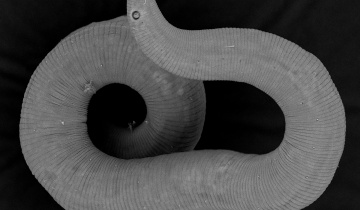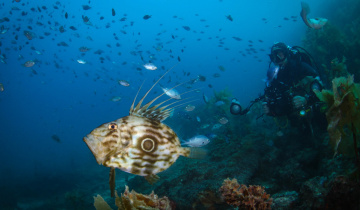Marine Invertebrates
Latest news
Latest videos
New NIWA post-doc studies ocean acidification
A new post doctoral fellow at NIWA – Dr Claire Guy – is investigating the ecological impacts of ocean acidification on key Antarctic shellfish.
Identifying vulnerable invertebrates in toothfish bycatch
Information on vulnerable marine invertebrates caught as bycatch in the Ross Sea toothfish fishery is helping to assess the environmental impacts of the fishery. It also contributes to knowledge of vulnerable species distribution in Antarctic waters.
Benthic fauna thrives in fishing exclusion zone
Research has revealed key differences in seafloor communities and habitats inside and outside the Separation Point trawl fishing exclusion zone in Tasman Bay. These have important implications for valuable benthic fisheries in the area.
New fish health and nutrition trial units
NIWA has constructed and commissioned two new research units to provide future support and R&D capability to the New Zealand aquaculture sector as it diversifies and develops. They are: a commercial scale nutrition trials unit at Bream Bay Aquaculture Park near Whangarei, and a disease investigation and challenge unit at our Greta Point campus in Wellington.














































